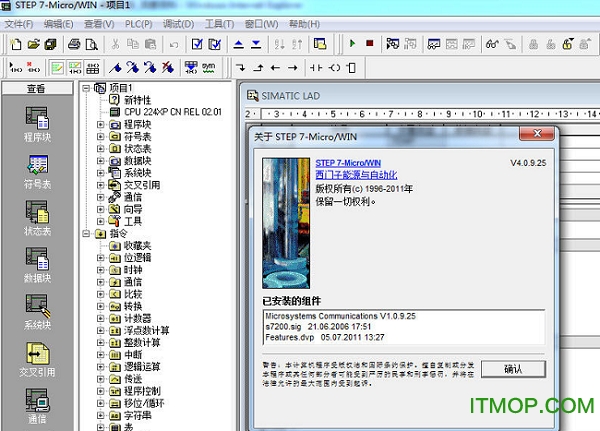

Top-down: from entry points we unroll the execution tree down, from caller functions to callees.Bottom-up: first, we show hot spots together with their callers, and callers of their callers etc., i.e.Top Calls: hot spots list (a list of actions that took long).We present the collected information in the following ways: You can find more details on the installation below.Ĭlick Run to start your application, and run the scenario that you would like to investigate.Īfter the application execution is finished, the CPU profile will be opened in the V8 Profiling tool window. You may omit this parameter, but then no timeline will be created. Tick contains V8 scripts, adopted for use with Node.js. Specify the path to the tick Node.js package - we use it to transform recorded logs into statistical CPU profiles. Set your Node.js Run Configuration to record V8 profiling information: Running Node.js application under profiler The parameters in the dialog are the same as in the Run Configuration described below. To open a log file, choose Tools | V8 Profiling | Analyze V8 Profiling Log on the main menu. Open a log file recorded by Chrome or Chromium (run with profiling flags).You can always open them again later.Īlso, you can record V8 profiling log on another environment (see section about Remote Profiling). When using scenario 1, one or several log files are created by the V8 engine. Open a previously recorded Node.js profiling log.Run a Node.js application from WebStorm with CPU profiling.Īfter application execution is over, the CPU profile view is opened.To put in two words, use can use CPU profiling with the following scenarios: Here you are: Diving into the feature details It all may sound too complicated, but don’t panic! WebStorm tries to simplify the inner details for the developer: you just run the application and see the hot spots. You can find more information on running the internal profiler from the command line in the V8 wiki or in this article from Chromium “For Developers” section. To do it, start your Node.js application with the following flags:Īfter the execution, open the v8.log file in WebStorm by choosing Tools | V8 Profiling | Analyze V8 Profiling Log on the main menu. This can be useful for stress testing of your application. It is technically possible to run Node.js applications with profiling on remote machines, and work with resulting log files. Sampling profilers can not say how many times a function was called. However, statistically this method gives results that are good enough to judge about hot spots. The recorded information does not provide us with the whole picture of what happened during execution, it does not contain all called functions, and it can even distort the relative quantities of function calls. This method does not guarantee very good accuracy: snapshots happen to be taken at random moments, the term “random” in this context meaning “independent from the application execution.” Sampling profilers periodically record stack traces of your application. What is really important is that you need to consider the method of gathering profiling information.

Node.js CPU profiling in WebStorm is built around the V8 profiler.
Jetbrains webstorm v8 0 4 code#
V8 has a built-in sampling CPU profiler, which provides information about the execution of your code and the behavior of the JavaScript engine itself: garbage collection cycles, compilation and re-compilation, and code optimization. It’s used in Google Chrome, Chromium, Node.js, and io.js.

As you may know, V8 is an open-source JavaScript engine developed by Google.


 0 kommentar(er)
0 kommentar(er)
